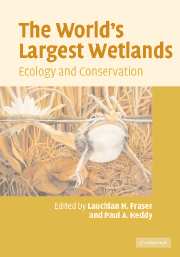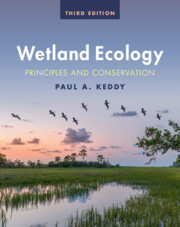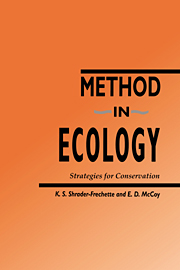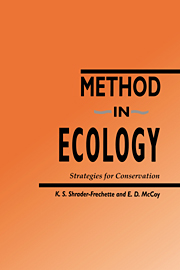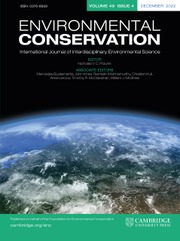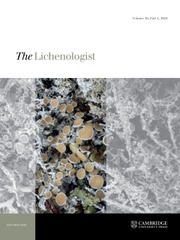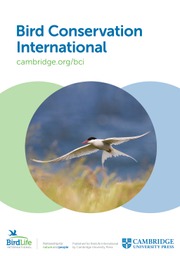The World's Largest Wetlands
During the past century approximately fifty percent of the world's wetlands have been destroyed, largely due to human activities. Increased human population has lead to shrinkage of wetland areas, and data show that as they shrink, their important functions decline. Reduced wetland area causes more flooding in Spring, less available water during drought, greater risk of water pollution, and less food production and reduced carbon storage. Much of the remaining pristine wetland systems are found in the world's largest wetlands, and yet these areas have received surprisingly little scientific research or attention. This volume presents the views of leading experts on each of the world's largest wetland systems. Here, this international team of authors share their understanding of the ecological dynamics of large wetlands and their significance, and emphasise their need of conservation.
- Comprehensively covers all the world's large wetlands
- Written by an international team of leading experts (Paul Keddy won 2007 National Wetlands Award for Research)
- Contains the first English-language description of the West Siberian Lowland, the world's largest wetland system
Reviews & endorsements
'This material should be mainstream reading for ecology and biogeography modules; specialists and generalists will find it illuminating. Well done the editors and contributors!' Biologist
Product details
May 2009Paperback
9780521111362
500 pages
229 × 152 × 26 mm
0.73kg
102 b/w illus.
Available
Table of Contents
- 1. Introduction: big is beautiful P. A. Keddy and L. H. Fraser
- 2. The West Siberian lowland peatland ecosystems: importance for biodiversity protection and carbon accumulation A. I. Solomeshch
- 3. Amazonian wetlands Wolfgang J. Junk and Maria Teresa Fernandez Piedade
- 4. The Hudson Bay lowland: a unique wetland legacy Kenneth F. Abraham
- 5. The Pantanal Cleber J. R. Alho
- 6. The Mackenzie River Basin wetland complex Dale H. Vitt, Linda A. Halsey and Barbara J. Nicholson
- 7. Swamps of the Cuvette Centrale Congolaise Daniel Campbell
- 8. Characterisation, degradation, and restoration of the wetlands of the Mississippi River Alluvial Plain Gary P. Shaffer, James G. Gosselink, and Susanne S. Hoeppner
- 9. River Nile wetlands: an ecological perspective Irina Springuel and Osman Ali
- 10. African wetlands in a semi arid climate: the Chad basin as an example Jacques Lemoalle
- 11. Peat accumulating wetlands of southern South America: extent, biodiversity, conservation, threats and opportunities Mary T. Kalin Arroyo, Maritza Mihoj, Patricio Pliscoff, and Manuel Arroyo-Kalin
- 12. Prairie potholes of North America Arnold G. van der Valk
- 13. The future of large wetland systems: a global perspective Lauchlan H. Fraser and Paul Keddy.

